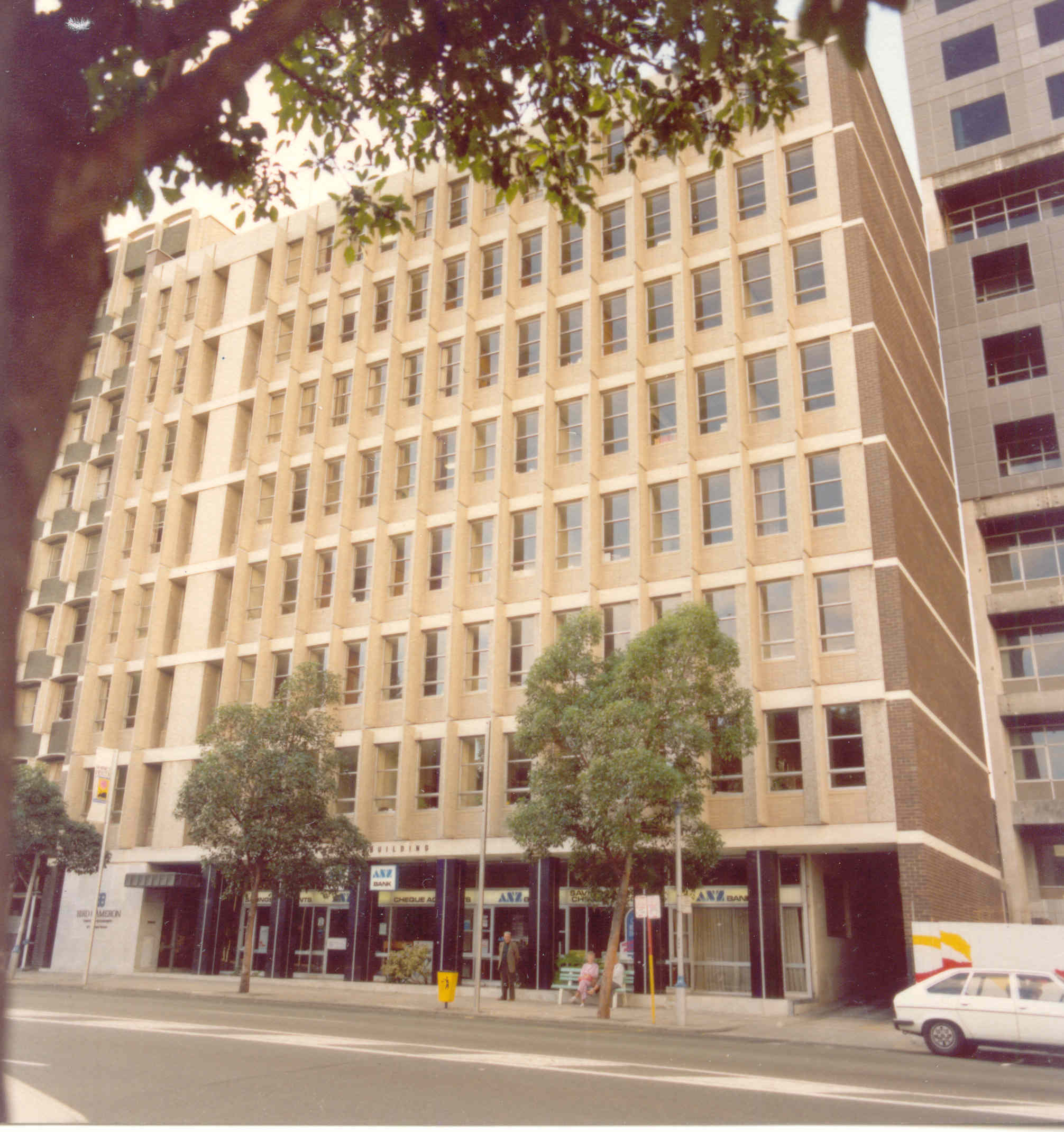AUTHOR

As we settle into a new financial year, we are reminded of how it is a great opportunity for new beginnings.
While the current economic environment is still rather unpredictable, the new year is a chance to re-set and ask: “Is what we’re doing working, and what changes could we make to improve?”.
the new year is a chance to re-set and ask: “Is what we’re doing working, and what changes could we make to improve?”.
Across the past five months, we’ve been celebrating 100 years of RSM by taking a look back through the decades of our firm’s rich history. One decade that was particularly synonymous with change – both within the firm and in society in general – was the 1960s.
Having weathered World War II and its aftermath, the firm was ready for a new outlook. It was already sporting a new name which had changed from The National Service Company to C.P. Bird & Associates in the 1950s, and was home to a host of new partners. In the 1960s work was flooding in, but continuing skills shortages meant leaders had to constantly stop to evaluate capacity while coming up with innovative ways to achieve business goals.
If you run a business that is still dealing with the aftermath of the pandemic, has been affected by skills shortages or rising inflation, or is perhaps struggling to deal with balancing demand on time and resources, now is a great time to take stock.
Here are 3 areas of your business you may wish to evaluate this financial year…
1. Business structuring
From a firm that has survived a century in business, structure and partnerships have been elemental to success.
In the 1960s, the firm’s founder, Edgar Woolcott, passed away and his successor, Cyril Bird, also stood down as managing director. The move came after Bird was knighted by the Queen for his services to accounting, which was a great honour and reflected the standing the firm had achieved under his leadership from 1934 to 1968.
In addition, the executive and administrative structure changed as a new cohort of partners came onboard and regional managers were appointed to support expansion.
Businesses evolve and change over time, and so do the relationships between key stakeholders, yet the structure of a business (which can have major impacts on tax and profitability) is rarely re-evaluated. The same applies to partnerships which may have begun on a whim, but don’t have any partnership agreements in place to specify the terms of the relationship.
The start of a new financial year could signal the perfect opportunity to re-evaluate your business structure and determine if it still aligns with your current operations and future goals.
2. Growth opportunities
While C.P. Bird & Associates maintained its legacy of providing accounting services to businesses and families in Western Australia, the 1960s saw significant growth in its estate planning division. The firm also established 27 new country centres, building on the 18 new centres of the previous decade.
Expansion can come in all shapes and sizes, including as a merger or acquisition which allows you to quickly acquire a new customer base and service capability.
Perhaps there are unexplored opportunities to expand your range of products or services, or to grow your geographic footprint this financial year?
3. Staff retention
The baby boomer generation of the 1950s and 1960s is now either in retirement or approaching retirement – taking with them a vast amount of knowledge and a lifetime of skills.
With skills shortages still plaguing almost every industry, any initiative that seeks to inspire mature aged workers to remain employed longer (such as mentoring, leadership roles, or flexible work opportunities) could be considered a valuable one.
In the 1960s, C.P. Bird & Associates also struggled enormously with skills shortages and prudence was crucial. Thinking outside the box, the firm’s leaders decided to engage young people who had successfully completed their leaving certificates – training them in-house and granting them time off to attend accounting lectures (known as “day release”).
This, along with several other measures, enabled the firm to see out the decade with double the personnel numbers and a client base that had grown from 200 to 1500.
What could the new financial year represent for you?
While January 1 is a great time for personal resolutions, a new financial year is an opportune time for a new outlook for your business.
Why not take a moment to re-evaluate your business goals this August, and ask what steps you could take to create positive change?
Join me in my next blog as we jive on into the disco era of the 1970s and welcome in the age of computers.




